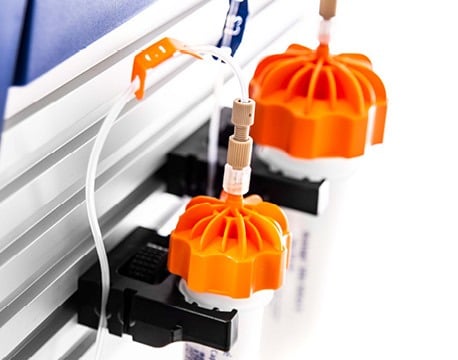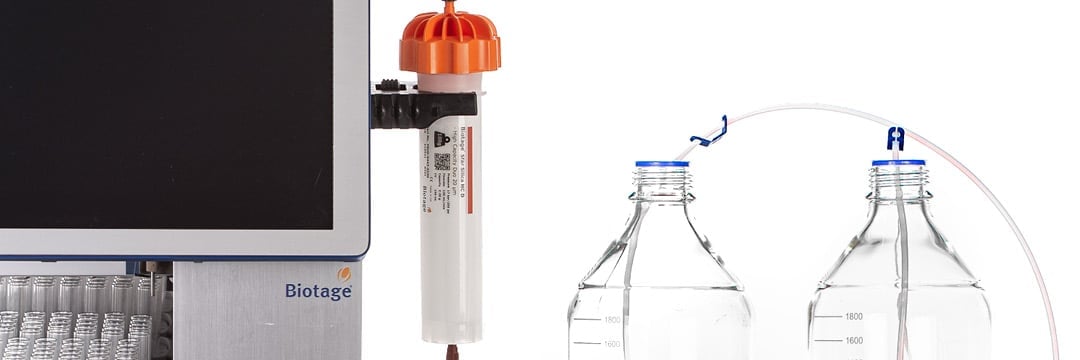
TLC-based vs. Generic Gradients – Which Gives the Best Results?
Small Molecules and Synthetic Therapeutics
This post compares TLC-based gradients to a generic linear gradient to highlight the benefits TLC provides.

Small Molecules and Synthetic Therapeutics
This post compares TLC-based gradients to a generic linear gradient to highlight the benefits TLC provides.

Small Molecules and Synthetic Therapeutics
This post discusses how ionizable compounds can be purified using reversed-phase flash column chromatography.

Small Molecules and Synthetic Therapeutics
This post discusses the relationship between column length and column diameter and their impact of chromatographic separations.

Small Molecules and Synthetic Therapeutics
This post discusses the 5 most important steps to successful flash chromatography.

Small Molecules and Synthetic Therapeutics
This blog describes the impact of particle size and flow on the loading capacity of a flash chromatography column.

Small Molecules and Synthetic Therapeutics
This post discussed the reasons TLC Rf values are important for flash column chromatography optimization.

Small Molecules and Synthetic Therapeutics
The post discusses the reasons dry silica columns get hot when solvent is introduced and the impact the generated heat has on the resulting ...

Small Molecules and Synthetic Therapeutics
How does solvent choice impact flash column chromatography performance?

Small Molecules and Synthetic Therapeutics
When your purification needs require both normal- and reversed-phase flash, switching solvents is required. Here we show an automated ...

Small Molecules and Synthetic Therapeutics
This post show a simple way to scale-up reversed-phase flash purification methods.